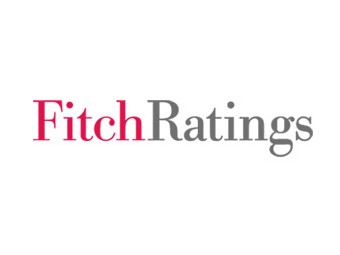Though in past they have been a drag on local home values, foreclosures and short sales actually are now rising in price so much faster than normal homes that they are driving up price increases and pulling normal homes with them.
In a reversal of their traditional relationships, since at least April distress sales (REOs and short sales) have been driving the price recovery on a national level, according to the latest home price data from CoreLogic.
April home prices nationwide, including distressed sales, increased 12.1 percent on a year-over-year basis in April compared to April 2012. On a month-over-month basis, including distressed sales, home prices increased by 3.2 percent in April compared to March.
However, excluding distress sales, prices rose only 11.9 percent in April year-over-year basis compared to April 2012. On a month-over-month basis, excluding distressed sales, home prices increased 3 percent in April compared to March.
Distress sales outpaced normal homes by an even greater margin in May, according to CoreLogic’s monthly price report released today. The gap between year-over-year national price increases without and with distress sales grew from .2 percent in April to .6 percent in May.
Home prices nationwide, including distressed sales, increased 12.2 percent on a year-over-year basis in May compared to May 2012, a slight increase over April. This change represents the biggest year-over-year increase since February 2006 and the 15th consecutive monthly increase in home prices nationally. On a month-over-month basis, including distressed sales, home prices increased by 2.6 percent in May compared to April.
Excluding distressed sales, home prices increased on a year-over-year basis by only 11.6 percent, a slight decline from April. On a month-over-month basis, excluding distressed sales, home prices increased 2.3 percent in May compared to April.
CoreLogic expects that the gap will double from May to June, from .6 percent to 1.2 percent. June home prices, including distressed sales, are expected to rise by 13.2 percent on a year-over-year basis and rise by 2.9 percent on a month-over-month basis. Excluding distressed sales, June home prices are poised to rise 12 percent year over year from June 2012 and by 2 percent month over month from May 2013.
Distress sales are driving overall prices higher despite the fact that their number are decreasing. Shrinking inventories of foreclosures due to gradually declining defaults and demand from both institutional investors and small investors has put pressure on foreclosures and short sales prices. REO sales accounted for 11 percent of all residential sales during the quarter, the same as in the previous quarter but down from 13 percent of all sales in the first quarter of 2012.
In the first quarter of 2013, REO properties sold for an average price of $147,810, down 1 percent from the previous quarter but up 1 percent from a year ago - the fourth consecutive quarter with an annual increase. States with the biggest annual increases in average REO sales prices included Georgia (up 29 percent), Arizona (up 24 percent), Nevada (up 22 percent), California (up 22 percent), and Missouri (up 17 percent), according to RealtyTrac.
The average price of an REO residential property in the first quarter was 38 percent below the average price of a non-foreclosure residential property, down from a 39 percent discount in the previous quarter but up from a 34 percent discount in the first quarter of 2012.
Short sales (where the sales price was below the estimated amount of all outstanding loans for a given property) of properties not in foreclosure accounted for an estimated 15 percent of all U.S. residential sales during the first quarter of 2013 but total volume of non-foreclosure short sales in the first quarter was down 10 percent from the previous quarter and down 35 percent from the first quarter of 2012. The average market value of short sales sold in the first quarter was up 5 percent from the first quarter of 2012. States with the highest average market value of first quarter short sales included New York ($476,292), Hawaii ($438,563), Massachusetts ($313,831), Connecticut ($276,452), and California ($247,618). RealtyTrac reported.
May Price Increases with and without Distress Sales
Distress Prices are Rising Faster in Foreclosure Markets like Phoenix and Atlanta
 RealEstateEconomyWatch.com Insight and Intelligence on Residential Real Estate
RealEstateEconomyWatch.com Insight and Intelligence on Residential Real Estate

5 comments
Pingback: REOs and Short Sales Drive up Prices | Belair Realty
Pingback: Real Estate Short Sale Home Prices | Short Sales DFW
Pingback: Real Estate Short Sale Still Help Many | Short Sales DFW
Pingback: REOs and Short Sales Drive up Prices | pellowrealty
Pingback: Short Sales 2013: Real Estate Short Sales 2013 | WWW.INFOPAGESHUB.COM